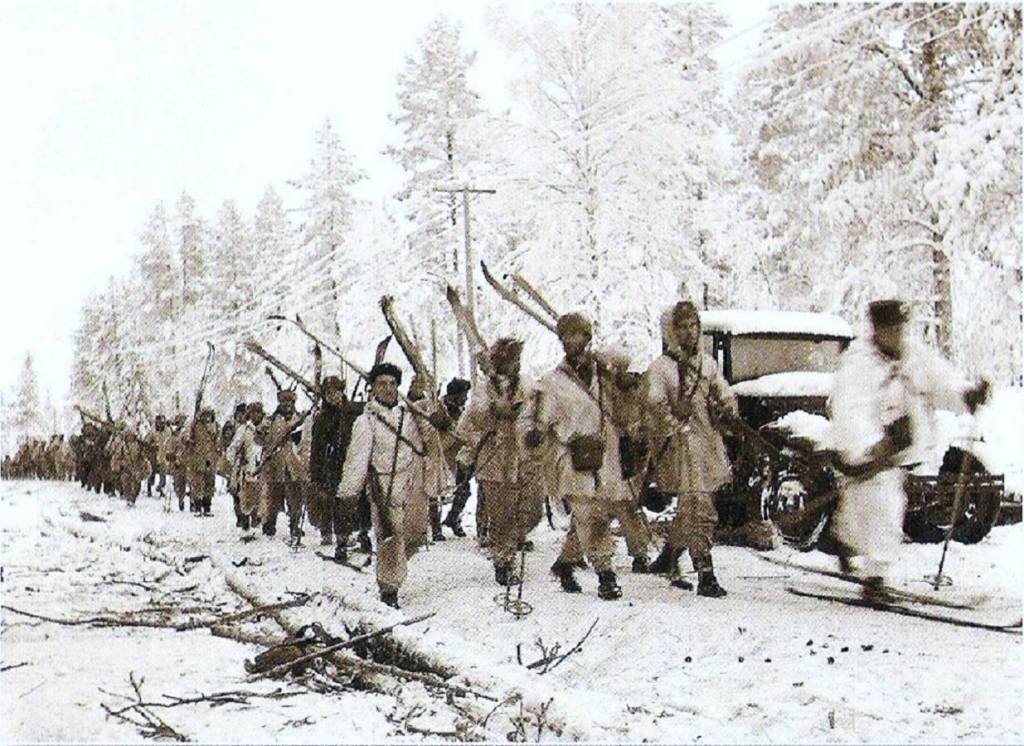Shortly after the beginning of the Winter War, some Finnish pilots were interviewed by Martha Gellhorn, renowned war correspondent and future wife of Ernest Hemingway.
One pilot declared, ‘They will not get us as a gift.”

On November 30, 1939, Joseph Stalin had attacked Finland with a massive land, air and sea assault.
Stalin was confident that the “liberation operation” against the Finns would be a piece of cake.
However, the Finns did not collapse. The first month was a disaster for the Soviets, as the Finnish Air Force shot down Russian planes while white-clad Finnish ski troops decimated Red Army infantry. Some Western observers thought the Finns were winning.
But Carl Gustav Mannerheim, the Finnish commander-in-chief, knew better. He knew Finland’s only hope lay with aid from the West.
While the allies and America dithered, Stalin brought in a new commander, Semyon Timoshenko, for a new Soviet assault which ultimately included more than half a million men, plus 4,000 tanks and 3,000 aircraft. In mid-February, Timoshenko launched his offensive on the main Finnish defense line, the Mannerheim Line, with a massive artillery barrage, firing 300,000 shells in 24 hours.
Miraculously, the exhausted Finns held out for another month. In the meantime, their government, recognizing the inevitable, had begun secret negotiations with Stalin.
The British and French were preparing an expeditionary force to help the Finns and at the same time secure Norwegian ports for Swedish iron ore, and open a Scandinavian front to draw Germany’s attention away from France. But by early March, the Finnish situation had become untenable.
An armistice was signed on March 12, 1940. On March 13, hostilities ended and Finnish Foreign Minister Tanner announced the crushing terms of the armistice to a traumatized nation. Finland had to give up 10 percent of its territory, leading to an evacuation of more than 400,000 Karelians.
But Finland was not occupied, or “liberated,” as the Soviets initially described their “special operation”. The Finns retained their independence and democratic way of life.
Comparisons with the war in Ukraine are inevitable, but Ukraine is not Finland. For one thing, with 43 million people, it is considerably larger and more populous than Finland in 1939, with its 3 million.
Still, there are many similarities. Like today, the West was outraged, and the David and Goliath struggle was the major story of the winter around the globe.
How long the Ukrainians hold out against Russia remains to be seen. But even though the West–today, NATO– may not be able to provide direct military assistance, it should be remembered that what drove Stalin to the negotiating table with Finland in 1940 was the threat of Western intervention.
Russia did not want a showdown with the West then, and it does not want one now.
This should be kept in mind regarding the situation in Ukraine. While the Ukrainians keep fighting, the West must keep providing its support.
